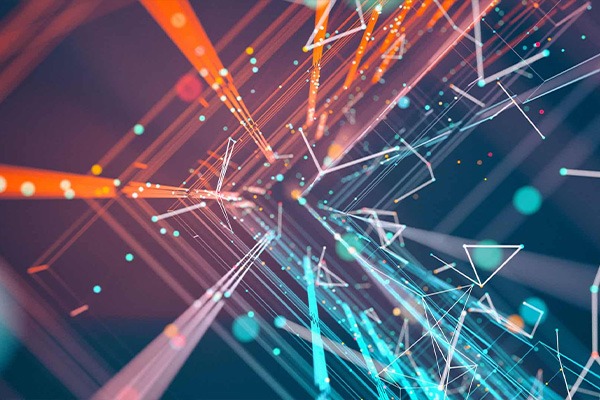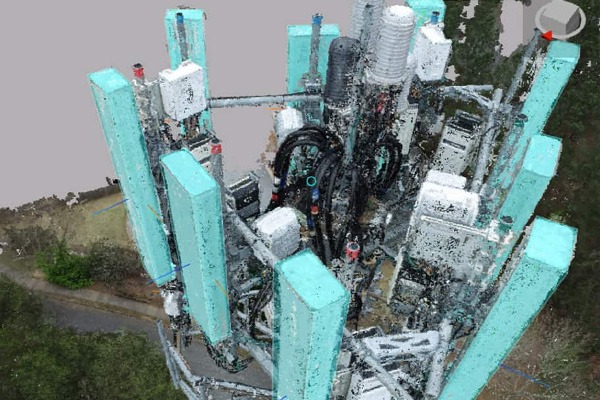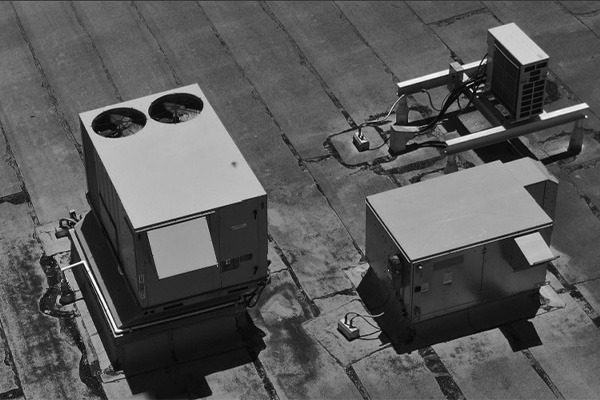Artificial intelligence or AI is a broad term and can include machine learning and computer vision. They are often discussed together, but what are they?
As you may have noticed, AI has become a key buzzword. And, for many, machine learning and computer vision remain mystical terms when innovators and technologists discuss visual data.
Let’s break it down together, here.
What is Artificial Intelligence?
AI refers to developing computer systems and machines that can perform tasks that typically require human intelligence, such as visual perception, speech recognition, decision-making, and language translation. A common AI function is currently a hot topic on social media known as ChatGPT. This means that instruction is given to a trained prompt platform and then that platform feeds back a detailed written response.
For that to happen, AI involves the development of algorithms and models that enable machines to learn from data and experience and make decisions or predictions based on that learning. This process is often referred to as “machine learning”, and it involves the use of statistical and mathematical techniques to identify patterns and relationships in data.
AI is being used in a wide range of applications, from self-driving cars and personalized recommendation systems to medical diagnosis and physical asset inspection, maintenance, monitoring, and management.
What is Machine Learning?
Machine learning is a subfield of AI that involves developing algorithms and models that enable computers to automatically learn from data and improve their performance on a specific task without being explicitly programmed. Machine learning is a computer sorting through data.
The goal of machine learning is to create systems that can automatically improve their performance on a given task by learning from experience, rather than relying on explicit programming by a human. Yet, machine learning typically needs human input to begin learning. For instance, a human supplies an initial data set. That dataset of examples allows it to identify patterns and relationships in the data. The model can then be used to make predictions or decisions based on new, previously unseen data.
Machine learning is used in a wide range of applications, including image and speech recognition, natural language processing, recommendation systems, fraud detection, and autonomous vehicles.
What is Computer Vision?
Computer vision is a field of study and technology focused on enabling computers to interpret, analyze, and understand visual information in our physical world. It involves the development of algorithms and techniques that allow computers to extract meaningful insights from images, videos, and other visual data.
Computer vision involves a wide range of tasks, including image and video recognition, object detection and tracking, image segmentation, 3D modeling, and more. It is used in a variety of applications, such as self-driving cars, medical imaging, surveillance systems, robotics, and augmented and virtual reality. Computer vision identifies and classifies objects — and then reacts to what it “sees.”
The technology behind computer vision includes machine learning algorithms such as convolutional neural networks (CNNs), deep learning, and other artificial intelligence techniques. These algorithms allow computers to learn from large datasets and improve their ability to recognize patterns and features in visual data.
How are AI, Machine Learning, and Computer Vision used together?
AI and machine learning are used in computer vision to enable the systems to learn from large datasets and improve their ability to recognize patterns and features in visual data. For example, in object recognition tasks, a machine learning algorithm can be trained to recognize specific features of an object, such as its shape, color, and texture, and use this information to classify the object into a specific category.
Similarly, in image segmentation, machine learning algorithms can be used to identify and classify different regions within an image based on their visual features. In physical asset recognition, machine learning algorithms can be trained to identify specific structural features and use this information to recognize and analyze defects and other identifiers for asset classification.
Overall, the use of AI and machine learning in computer vision has led to significant advancements in the field, enabling computer vision systems to perform increasingly complex tasks and deliver more accurate and reliable results – faster in a more cost-effective manner.
The main difference between AI and machine learning is that AI is a general system with cognitive capabilities, and machine learning is how systems sort through data sets and build intelligence and cognitive-like abilities. Machine learning is an application of artificial intelligence. All machine learning is artificial intelligence, but not all artificial intelligence is machine learning, and computer vision is a field of artificial intelligence that allows machines to interpret and understand visual data from the physical world.

Using AI can bring a variety of benefits to businesses looking to leverage them:
- Precise Data Analysis: When systems become more efficient in processing data, teams have a more accurate source of information that can help drive business decisions safely and efficiently, often creating valuable ROI.
- Automation: These technologies can be used to automate various tasks, such as quality control, inventory management, and monitoring, moreover creating vision in hard-to-reach areas or surfaces.
- Accuracy: Machines can detect and analyze visual data with a high degree of accuracy and speed, which can be difficult, dangerous, and sometimes impossible for humans to do.
- Safety: Automating processes can negate workplace accidents.
- Customer Experiences: These technologies can be used to personalize customer experiences, creating precise records and reporting, offering less work and more value, and creating sustainable, decisive, and lucrative business opportunities
- Time Management: AI does not negate human interaction in everyday business yet it can support everyday tasks and allow teams to focus on pressing issues that a computer can’t handle, offering more value and less work. By automating tasks businesses operate more efficiently and can reduce costs.
AI benefits businesses, and adapting tools into business strategies empowers internal decision-makers, stakeholders, and gives businesses an edge over their competition.
[tags]






